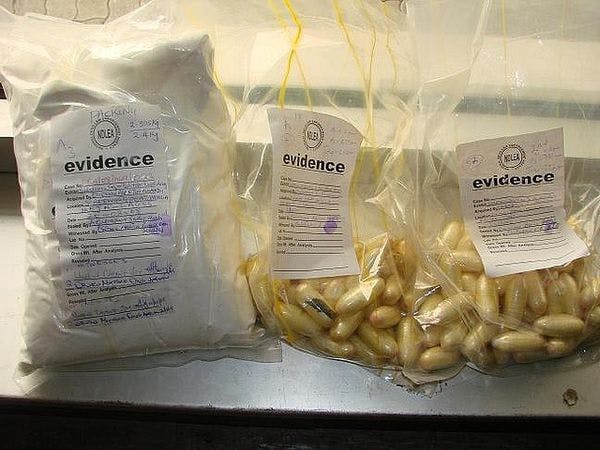De meilleurs indicateurs de suivi des politiques en matière de drogue
L'UNGASS d’avril 2016 fournira l’occasion de systématiser un processus d'élaboration d'indicateurs sophistiqués qui sont en phase avec les développements qui ont lieu dans certains Etats membres. Pour en savoir plus, en anglais, veuillez lire les informations ci-dessous.
Abonnez-vous à l'Alerte mensuelle de l'IDPC pour recevoir des informations relatives à la politique des drogues.
By David Bewley-Taylor, IHS Jane's Intelligence Review
Ahead of the United Nations General Assembly Special Session (UNGASS) on drugs policy due to take place in 2016, an increasingly sophisticated discourse surrounding the measurement of illicit drugs markets has come with a growing acceptance among some governments and international organisations about the concept of uncertainty, an inherent characteristic for understanding any illegal market. At the UN level, this is reflected in the use of data ranges rather than specific point figures for the prevalence of drugs use, and associated variables within the United Nations Office on Drugs and Crime's (UNODC) flagship annual publication, the World Drug Report (WDR).
The WDR also now openly contains the admission that there are substantial data gaps in certain regions, particularly in Asia and Africa. Both of these parts of the world possess expanding populations and accelerating rates of urbanisation, phenomena associated with increasing levels of the illicit use of a range of psychoactive substances. Although sometimes relying on extrapolation and expert opinion for some sense of 'ground truth', out-of-date and incomplete figures are omitted from some regional and sub-regional assessments of prevalence rates.
Thumbnail: Flickr CC - Dulue Mbachu
Click here to read the full article.
Keep up-to-date with drug policy developments by subscribing to the IDPC Monthly Alert.
Sujets
Régions
Profils associés
- Dave Bewley-Taylor
